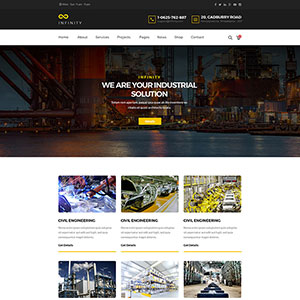The Labor Day weekend signals kids going back to school, the start of the NFL season, and the preparation of budgets for the coming year. For manufacturers and distributors, this process incorporates the construction of the annual freight transportation budget. For many shippers, this involves the execution of an annual freight bid. To help companies achieve success with this process, here are ten tips.
- Start with a Full Set of Objectives
Many companies look at the freight bid process as an opportunity to reduce, or at least minimize increases in shipping costs. While expense management is always a priority, this should be just one, albeit important, component of this process. Shippers should also utilize this process to upgrade the quality of their carrier business partners. Poor performers should be replaced, and carrier-related supply chain problems should be addressed and fixed. We also encourage our clients to look holistically at their carriers. While cost saving is important, there are times when it is worth paying a reasonable premium for superior service and customer satisfaction.
- Get a Buy-In Other Divisions
For companies with multiple divisions, it is essential to obtain buy-in (and participation, when required) from all the GMs at the start. There is nothing worse than spending the time and effort on a project of this nature only to find that certain divisions won’t support the results upon completion.
- Cast a Wide Net of Carrier Participants
At the outset of a freight bid, it is important to assemble a mix of carriers and logistics companies that can provide a range of solutions. The bid participants should include:
a) Asset-based carriers, national, regional and local
b) Intermodal Marketing Companies if there are truckload movements of more than 500 miles
c) 3PLs if certain supply chain processes can be more effectively managed by an outside partner
d) Freight brokers for lanes where it is hard to find capacity
- Create a Comprehensive Carrier Questionnaire
A well-constructed questionnaire is an invaluable tool in the due diligence process. The questionnaire should encompass:
a) Physical assets (e.g. tractors, trailers, terminals, staffing etc.)
b) Service portfolio (e.g. LTL, TL, expedited, small parcel, refrigerated, heated)
c) IT platform
d) Customer service operation
e) Reporting capabilities
f) Service areas
g) Licenses
h) References
- Conduct Face-to-Face Meetings with short-listed Carriers
This is a critical step to evaluate capabilities, professionalism and chemistry. It can also be used to resolve existing problem areas.
- Sign Shipper – Carrier Agreements
Many of our clients have found value in signing multi-year contracts that include terms, conditions, and expectations, KPIs, a rate increase formula in future years and a host of other useful information. These agreements solidify the partnership and commitments with the carriers receiving bid awards.
- Create a Robust Routing Guide with a set of Backup Carriers
This is another essential part of the process. The routing guide captures the primary and backup carriers, their volumes and rates, for each mode, on each lane.
- Create and Implement a Plan
As part of the implementation process, establish face-to-face meetings with senior operations personnel in each bid award winner. Give new carriers trial shipments to test their on-time and customer service and verify the accuracy of their reports. Award business to carriers that prove they are worthy of handling your freight.
- Establish and Monitor Freight Costs on a Consistent Basis
The creation of a carrier agreement and routing guide signals the end of one stage of the bid process and the beginning of another. At this point, it is important to ensure there is compliance with the routing guide, that the specified service levels are being supplied, and to ensure that the correct rates are being applied.
- Track your Savings Against Projections and Investigate all Variances
As the weeks and months go by, it is important to verify that the actual costs match the projected costs. All variances should be investigated to determine if the primary carriers are not picking up their designated loads, or if incorrect carriers are being tendered shipments. Corrective action should be taken.
Here is a final thought to consider. Does your transportation team have the time and expertise to conduct an effective freight bid exercise? If not, please feel to reach out to us. We have been successfully performing these activities for twenty years.
To stay up to date on Best Practices in Freight Management, follow me on X (formerly Twitter) @DanGoodwill and join the Freight Management Best Practices group on LinkedIn. If you are looking for ways to improve the effectiveness of your freight management processes or to save money on freight, contact me at dan@dantranscon.com.




















